April 29, 2024 | 06:54 GMT +7
April 29, 2024 | 06:54 GMT +7
Hotline: 0913.378.918
April 29, 2024 | 06:54 GMT +7
Hotline: 0913.378.918
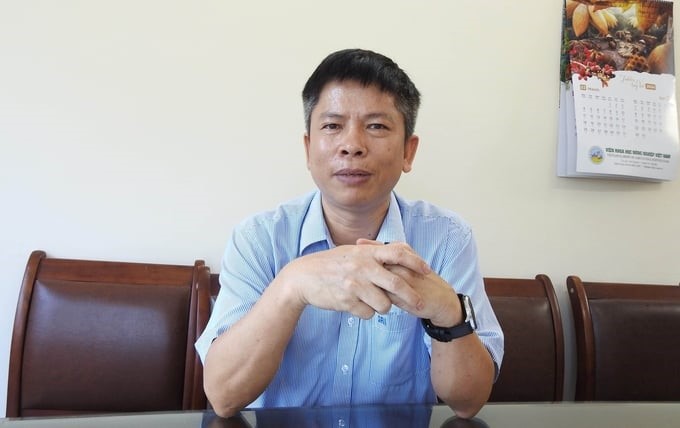
Dr. Cao Anh Duong, Director of the Sugarcane Research Institute (SRI). Photo: Thanh Son.
Not long ago, sugarcane in our country experienced a heavy decline in area, causing sugar output to decrease sharply. But in recent crop years, sugarcane production has had a certain recovery thanks to increased sugar and sugarcane prices and trade defense measures. How do you assess the prospects of sugarcane in Vietnam, especially in the context of increasingly fierce competition with other crops, sir?
In terms of direct economic efficiency, the efficiency from sugarcane is not high. However, compared to many other key crops, sugarcane still has certain advantages. Regarding the market, few staple crops have a domestic market as open as sugarcane.
Currently, sugar consumption demand in our country is about 2 million tons/year. Meanwhile, sugar output in the 2021–2022 crop year was more than 900,000 tons. In the 2023–2024 crop year, the sugarcane industry sets a target of producing 1 million tons of sugar. Thus, domestic sugar output now only meets half of demand. Therefore, there is no need to consider exports; the domestic market alone currently helps the sugarcane industry not have to worry about output.
The sugarcane industry has a great advantage in the level of mechanization, which is quite high compared to many other industrial crops. Mechanization has been present in nearly every stage of farming. Promoting mechanization is helping the sugarcane industry reduce production costs, increase profits, and especially reduce pressure on labor when agricultural labor is increasingly scarce and labor costs are increasing.
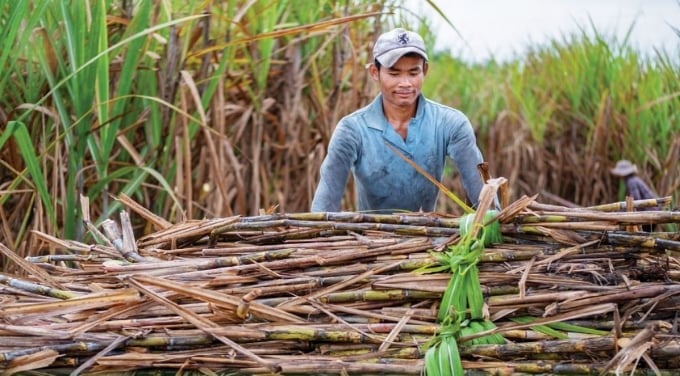
According to Dr. Cao Anh Duong, sugarcane still has good competitiveness compared to some staple crops. Photo: TS.
The level of linkage and formation of supply value chains in the sugarcane industry is also much higher than in many other industrial crops because the sugarcane industry's characteristic is the interdependence between sugarcane growers and sugar factories. If sugarcane farmers do not sell sugarcane to sugar factories, they will not be able to sell it anywhere else, and if sugar factories do not buy sugarcane from farmers, they will not have raw materials for production. Therefore, sugarcane growers almost never have to worry about output, as right from the beginning of the crop, factories have provided farmers with advance investment along with sugarcane purchasing contracts.
On the national level, the competitiveness of sugarcane is now low compared to many other staple crops. But in many places, such as Dong Gia Lai and Son La, sugarcane still has good competitiveness. In Dong Gia Lai, sugarcane is almost beating other crops because of its better economic efficiency. In Son La, sugarcane only has to compete with corn, but domestically produced corn is inferior to imported corn.
Farmers do not have to worry about output, get advance investment from the factory, and sign a product consumption contract with the factory. But why are farmers in many sugarcane areas no longer interested in sugarcane, even when sugarcane prices are increasing again in recent crop years, sir?
In the report "Vietnam Sugar Industry Supply Chain," completed in early 2022, a group of authors from the Forest Trends Organization and SRI assessed that the benefit sharing between stages in the supply chain is now seriously unbalanced when sugarcane growers play the biggest role but receive the least benefits.
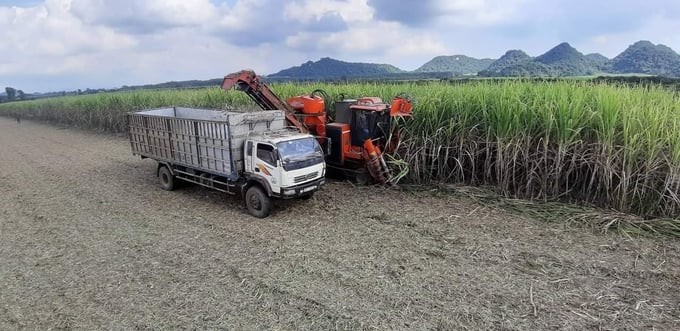
Dr. Cao Anh Duong said that in the sugarcane production linkage, businesses are always in the upper hand. Photo: TS.
Sugarcane growers, mainly farmer households, are playing a key role at the beginning of the sugar industry supply chain. They are supplying most of the raw sugarcane to processing factories. However, the role, position, and especially benefits of sugarcane-growing households in the supply chain are the smallest compared to other groups in the chain.
Sugarcane-growing households participate in linking and supplying raw materials to sugar processing factories. However, in this linkage, the factories are always in the upper hand, making decisions about the quality and price of raw sugarcane. Sugarcane growers have almost no voice in forming these decisions.
In the 2022–2023 crop year, due to increased output and especially highly increased sugar prices, many sugar companies have earned huge profits, much larger than the plan set out at the beginning of the crop year. There are factories with a profit after tax of hundreds of billions of dong. Such a large profit, along with high world sugar prices at the beginning of the crop year, but when entering the 2023–2024 crop year, factories only purchased sugarcane with a small increase in prices. This shows that there is no benefit sharing between factories and sugarcane growers.
In addition, the lack of transparency regarding commercial cane sugar (CCS) that has existed for decades without being resolved also reduces the trust of sugarcane farmers in sugar factories.
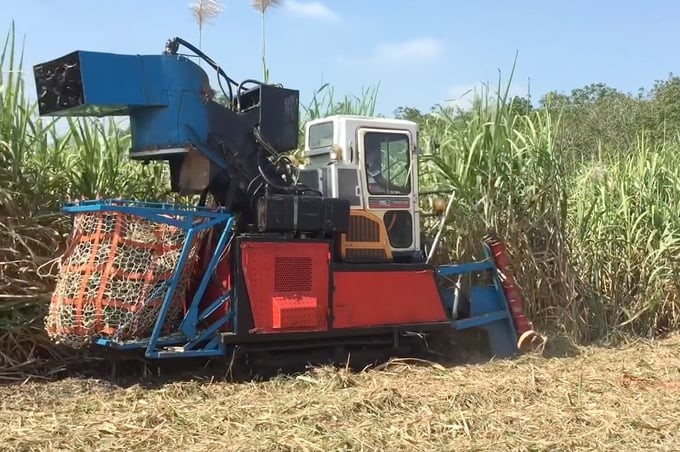
The sugarcane industry has mechanized many stages of production. Photo: Thanh Son.
What issues does the sugarcane industry need to solve so that farmers can feel secure in sticking with sugarcane for a long time and the whole industry develops sustainably, sir?
For the sugarcane industry to develop stably and sustainably, first of all, it is mandatory to immediately remove two main bottlenecks, namely benefit distribution and CCS transparency.
To distribute benefits fairly, farmers must have a voice in forming sugarcane purchasing prices through price negotiation between farmers and factories. Currently, the State's legal framework has quite clear regulations on price negotiation in the Law on Prices 2012.
Specifically, raw sugarcane is eligible for price negotiation between farmers and factories before each harvest crop. In case price negotiation is unsuccessful, Circular No. 56/2014/TT-BTC of the Ministry of Finance stipulates, "In case price negotiation has been organized but the parties have not yet agreed on the price, the negotiation organizing agency (Department of Price Management/Department of Finance) shall decide the temporary price for both parties to implement."
The regulations already exist and are so clear, but for some reason, the sugarcane price negotiation between farmers and sugar factories before each crushing crop is not implemented or is not implemented successfully, so the sugarcane purchasing price is still mainly self-decided by sugar factories, contrary to the Law on Prices. This situation has lasted for nearly 10 years without anyone or any organization being punished.

Harmonious benefit sharing in the production linkage chain will help farmers become more attached to sugarcane. Photo: TS.
Therefore, the issue of sugarcane prices needs to be soon considered and thoroughly resolved by the Government, relevant ministries, branches, and local governments. Only by ensuring fairness in benefit sharing can the parties participating in the sugarcane supply chain continue to accompany, cooperate, and develop in the long term.
In addition, the State needs to stipulate that CCS analysis must be performed by an independent unit, avoiding factories doing it themselves. Currently, many analysis and testing centers have enough capacity to analyze CCS. They only need to invest in some machines and equipment to be able to perform CCS analysis services.
While there are no state regulations, factories can implement the most transparent solutions possible regarding CCS to create trust for farmers. A typical example is Nghe An Sugar Company Limited (NASU), which has applied near-infrared (NIR) technology to analyze CCS automatically, most accurately, and transparently today.
Data on the CCS analysis results of each sugarcane truck, along with the number of harvest orders issued, weight, and impurity removal ratio, will be automatically connected and transmitted to the mobile phones of sugarcane farmers by the My NASU application software so that farmers can immediately know the amount of sugarcane money they receive. Thanks to that, NASU has created the trust of farmers, and the company's raw sugarcane area has still increased during a time when the country's sugarcane area decreased sharply.
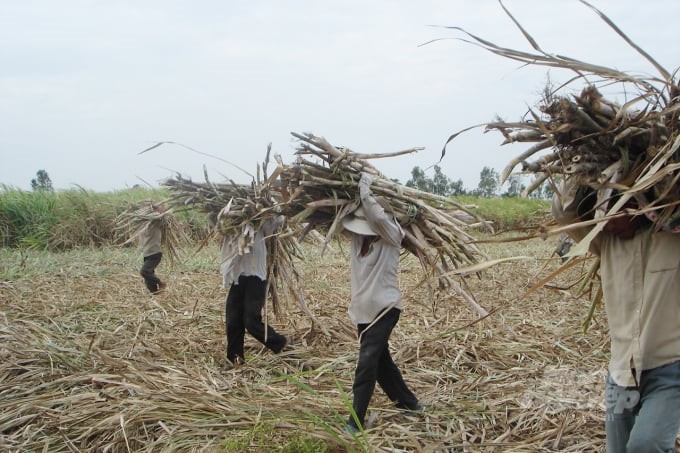
Farmers must have a voice in forming sugarcane purchasing prices through price negotiations between farmers and factories. Photo: TS.
Besides, it is necessary to promote solutions to increase the competitiveness of the sugarcane industry and the competitiveness of sugarcane against other crops. In particular, it is necessary to further strengthen investment in scientific and technological research on sugarcane. In 2024, SRI (under the Vietnam Academy of Agricultural Sciences - VAAS), the only scientific and technological research agency specializing in sugarcane in Vietnam, was only assigned to carry out two science and technology tasks with a total budget of only VND 670 million. This is a very low number; on average, it only reaches less than VND 26 million/scientific officer/year, much lower than the minimum level of VND 100 million /scientific officer/year that the leaders of VAAS have proposed.
Thank you, sir!
In the current context, where state budget sources invested in science and technology are increasingly difficult and tend to be cut, the Government may consider and promulgate a regulation to deduct a portion of profits per ton of sugarcane or sugar produced to invest back in scientific and technological research. This method is being applied in many sugarcane-producing countries around the world. Only then will scientific and technological research on sugarcane in Vietnam be provided with sufficient funding, operate effectively, create new sugarcane varieties and technical advances, and promptly meet the development needs of Vietnam's sugarcane industry.
Translated by Huyen Vu Thu
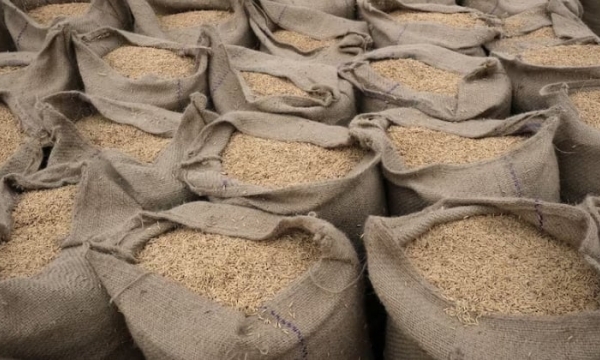
(VAN) India's 5% broken parboiled variety was quoted at $528-$536 per ton this week, down from last week's $538-$546. Prices hit a record high of $560 last month
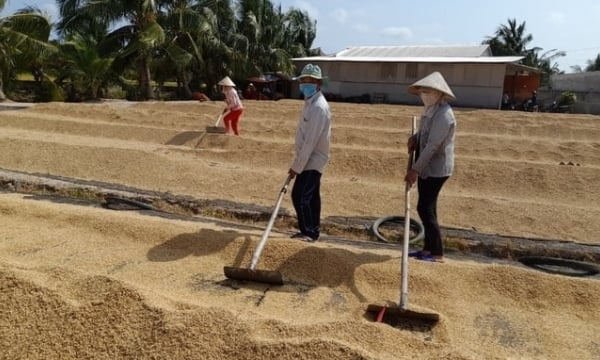
(VAN) This year's winter-spring rice in Tra Vinh is successful, with rice prices increasing by VND 2,000/kg compared to last year's winter-spring crop.
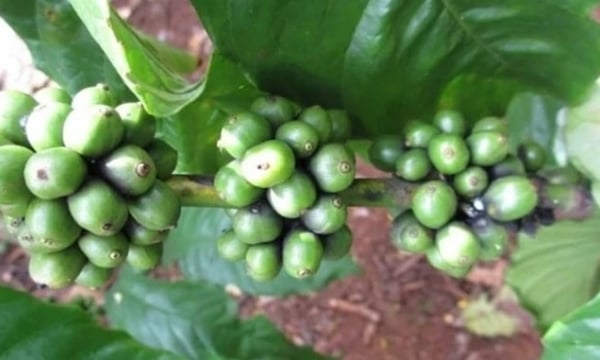
(VAN) Coffee prices on 04/25/2024 surged across the board. Domestic coffee prices increased by VND 1,600, trading between VND 131,500 - VND 131,500/kg.
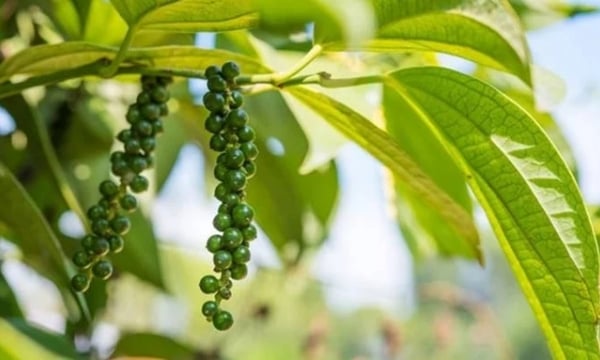
(VAN) Pepper prices in the domestic market fell by VND 1,500 on 04/25/2024, bringing the domestic black pepper price to around VND 96,500 - 97,000/kg.
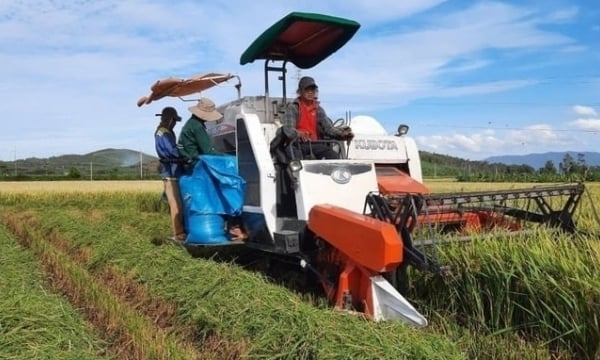
(VAN) Phu Yen farmers rejoice in harvesting bumper winter-spring rice, with record-high prices.
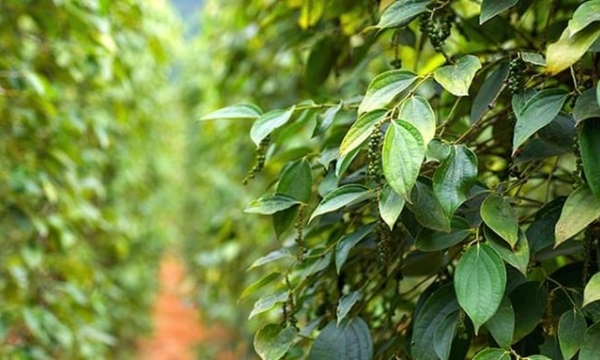
(VAN) Pepper prices on 04/24/2024 decreased slightly in Indonesia. Domestic pepper prices remained stable, trading around VND 96,500 to VND 98,000/kg.
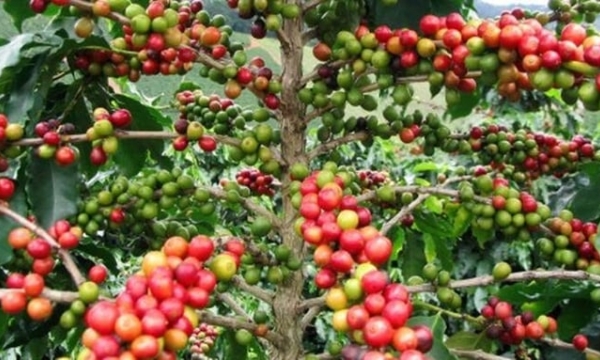
(VAN) Coffee prices on 04/24/2024 fluctuate globally. Domestic coffee prices increased by VND 2,500, reaching the range of VND 129,300 to VND 130,500/kg.